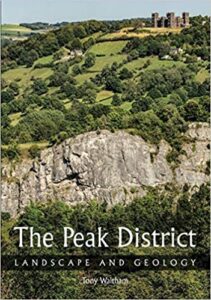The Pentland Hills in Scotland yield a large number of Silurian marine fossils. Although theys are only found within a small area of the Pentland Hills, the formations are extremely rich in fossils.
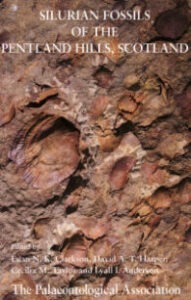

The Pentland Hills in Scotland yield a large number of Silurian marine fossils. Although theys are only found within a small area of the Pentland Hills, the formations are extremely rich in fossils.

This is another guide in the excellent “Landscape and Geology” series of local geological guides published by The Crowood Press. And this is as good as the others. Admittedly, it has a wonderful subject matter, because the Isle of Wight is a geological gem with its 110km long coastline displaying a range of rocks dating from Lower Cretaceous to Oligocene age. I know from personal experience that many of its sands and clays contain collectable fossil bivalves and gastropods, and its famous dinosaur footprints attract attention from both geologists and tourists, with always the possibility of finding a bone or two.

For a long time, Watchet has been known as a superb location for those interested in both fossils and geology, but, surprisingly, the location has had little in the way of media attention. However, within the last couple of years, this area has begun to attract a lot of interest and this little book will further increase its growing popularity.

I recently reviewed another of the guides in Crowood Press’s excellent “Landscape and Geology” guides, which was undoubtedly a great read. And this one is equally good, with great, full colour pictures, maps and diagrams, and easy to read text, with descriptions of interesting walks and what can be seen on them.That is, there are easy-to-understand explanations of how the rocks formed and how the geology affects the landscape, and there is also an n exploration of the long human story of the landscapes.
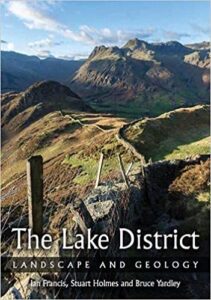
This newly published guide is another near-perfect fossil book from Siri Scientific Press, who are rapidly becoming my favourite publisher of esoteric palaeontology. This one is perhaps less arcane, as it deals with an area of Britain that has been extensively covered by various authors with varying degrees of success.
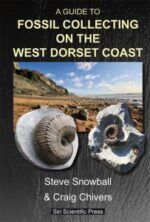
Goodness me! This is a massive work (432 pages) – but written with enthusiasm from the heart, with authoritative text, lovely photos throughout, fascinating anecdotes and history, with detailed geological descriptions of all the relevant counties. Now, I’m no expert on minerals, which fall well outside the scope of my interests. However, I cannot praise this book too much.
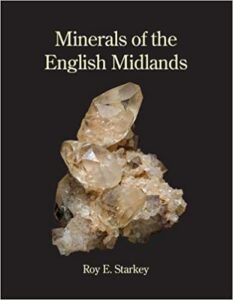
This book has something of an aspirational, rather than practical, feel to it. However, there is no doubt – in my mind anyway – that it is the best book on the geology of the Himalaya I have read. It is written with a nice light touch, with some humour. And it covers far more than just geology – where appropriate, it includes history, especially about the exploration of the subcontinent, and Asian culture.

Geologists’ Association Guide No 2 Compiled by Frank Moseley The Lake District is obviously a prime UK holiday hotspot and, each year, thousands of people visit to enjoy the walking and scenery. Equally obvious is the fact that these activities are possible as a direct…
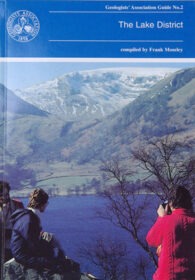
I reviewed the 2nd edition of this guide a while ago and as I said then, iceland seems to set the hearts of certain geologists racing and reading this field guide and that previous incarnation it is abundantly clear why. Iceland’s fascinating geology is clearly set out in this concise and authoritative book. The island, astride the Mid-Atlantic Ridge, is a ‘natural laboratory’ where the earth sciences can be watched in real-time. Rifting of the crust, volcanic eruptions and glacial activity are among a host of processes and features that can be observed in this fascinating land.
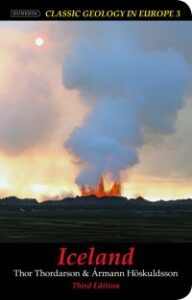
This is a very ambitious work. The authors discuss the geology of Britain as a “geological legacy”, that is, they believe it is “an inheritance bequeathed to 11 millennia or so of its post-glacial inhabitants”. Therefore, the book covers the geological foundations of its landscape and its raw materials; and how both of these have been used by society and individuals in the visual arts and literature, as well as for mining, quarrying and architecture.
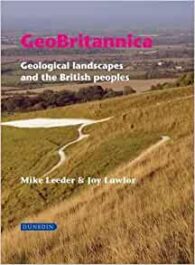
This is the much anticipated 4th edition of the GA’s Yorkshire Coast guide and it was well worth the wait. From personal experience, I was aware that the previous editions were extremely good for any geologist – professional, academic or amateur – who is attracted by the wonderful scenery and fascinating geology of this part of the UK coastline. However, this new edition is altogether an even better product.
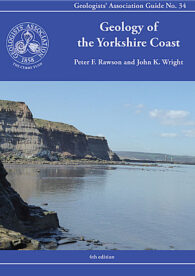
Andy Gale’s update of his guide to the Isle of Wight (this is the sixth edition) is an important change to an already excellent geological guide.

As the author, John McManus, writes: “The East Neuk of Fife was blessed with a mineral resource that was relatively easy to access”. This resource was coal – the driver of the industrial revolution and, even before then, a crucial element to the area’s industrial development from medieval times (or even Roman times) to the late twentieth century.
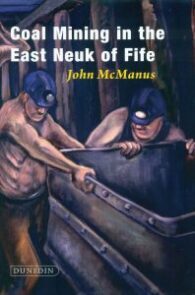
The ‘Bracklesham Beds’ are a series of predominantly soft silty sands and clayey silts laid down in a sub-tropical shallow marine environment around 46Ma. Fossils are readily eroded and can be found loose on the beach along with modern sea shells. The guide has simple maps to direct fossil hunters to the best areas for surface-picking and likely exposures when the beach sand has been removed.
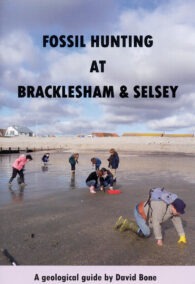
This GA guide was first published in 1995 and is a great example of the sort of guide that the association still produces – coverage of small(ish), but important areas, where the geology is both fascinating and important. This one contains general descriptions of the geology and geomorphology of this part of west Wales, with 19 separate itineraries, written by 11 experts in their fields.

This is clearly one for our German readers, of which I am glad to say there are many. However, this glossy and excellently produced hardback, covering the fossils of the Alpstein region of Switzerland, may have general appeal to anyone interested in the identification and study of fossils from various parts of the world, despite being written in German.
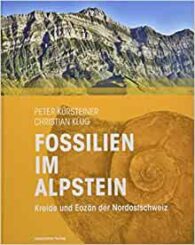
I have to admit, I was beginning to wonder where Prof Rory Mortimore’s update of his excellent Chalk of Sussex and Kent was. And now I know. It wasn’t a second edition he was working on, but this magnificent magnum opus in two volumes covering a vastly greater area than that other guide. And the wait was more than worthwhile. The thoroughness, writing quality, content and publication standards are superb.

Dr David Penney, founder and owner of the excellent Siri Scientific Presshas writen about Miocene spider inclusions in amber from deposits of the Dominican Republic. This is one of the many books on fossil spiders and insects that Siri Scientific Press publishes.
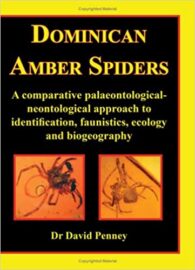
This is an interesting guide for someone like me who lives in the Southeast of England. In fact, I have commuted from London to Brighton by train, which took me through a cross-section of the Weald, which is the subject matter of this guide.
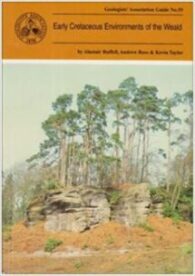
This beautiful, richly illustrated book was published by a group of sabre-tooth experts. It describes, in detail, the osteology of Xenosmilus and all skeletal elements are depicted in great detail.
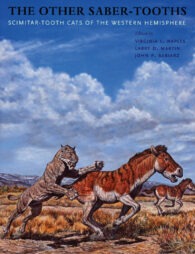
I’ve been waiting for a book like this for a very long time and am delighted that a publication of this quality has now arrived. New books covering British palaeontology are always welcome.
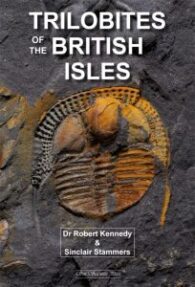
Professor Robert Diffendal Jr’s little guidebook to the Great Plains of the USA makes for a fascinating read for an Englishman like me, who has never been there (but wants to). He makes it plain that they rarely correspond to the impression most people have of them.
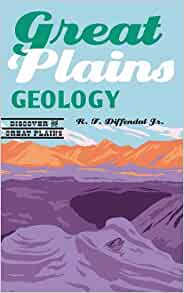
Fossil Hunting along the Jurassic Coast is presented by Dr Colin Dawes, a well-known, fossil hunting guide in the world-famous palaeontological site of Lyme Regis.
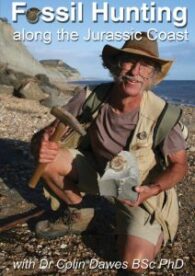
This is another of the GA’s short guides, being only 21 pages long and therefore easy to put in a cagoule pocket. Importantly, the five excursions described in the guide are centred on the city of Plymouth. Therefore, the logistics necessary to visit the itineraries should be relatively easy.

The Crowood Press are really developing a nice little series of books on the landscape and geology of select regions of the British Isles, and Tony Waltham’s addition to the series about the Peak District is well worth a read. This new one follows the same format as the others – beautiful, full colour photos and diagrams, a fascinating chapter on each of the important geological and geomorphological aspects of the area (including buildings and industry), and an author who knows his stuff and can write it down with an easy and authoritative style.
